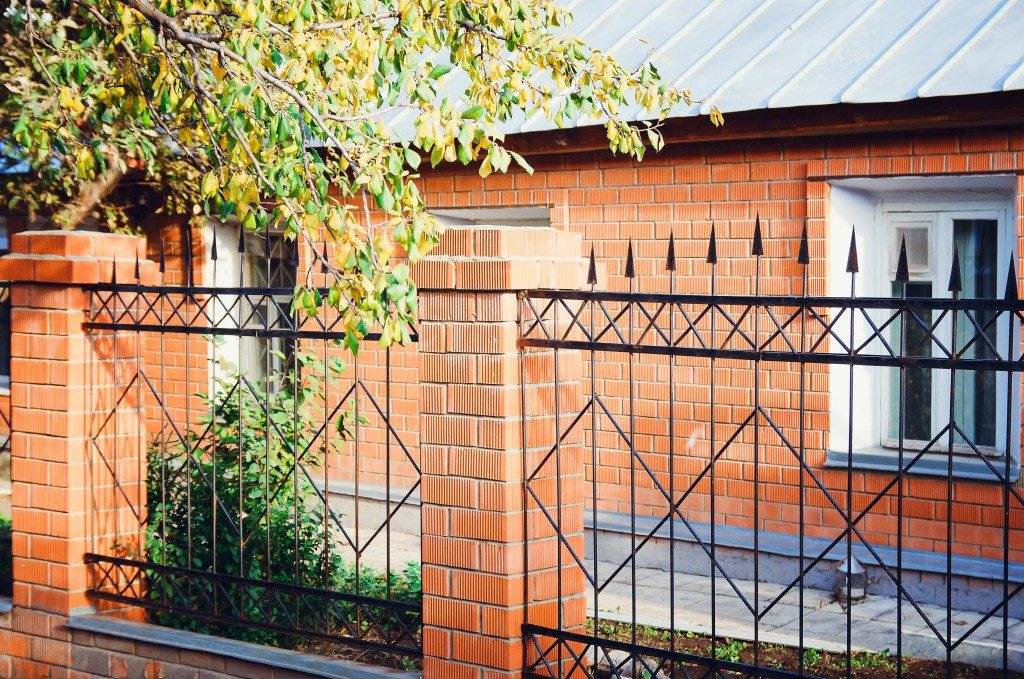While several materials have been introduced into the market nowadays, brick remains among the most resilient options. Opting to build a home exclusively from bricks might sound expensive, but this is a sensible investment guaranteed to pay off in the long run. Interior brick walls help in the adjustment of a building’s temperatures.
To this end, a building remains warm in winter and cold in summer, making it energy-efficient. It is essential to seal or coat your brick walls and surfaces using the right plastering equipment and tools, among other alternatives, once you are done with the construction.
Surface treatments are designed to prevent the efflorescence of brickwork, avert moisture penetration, create a beautiful look and limit cracks in the brick from freeze-thaw cycles. The treatments also protect your exterior brick walls and pavements from the fading caused by UV rays and avert the growth of mildew and mould.
Here are your alternatives for the surface treatment of brick constructions.
Coatings
These are also called film-forming sealers. They are intended to sit on the surface and form a barrier against environmental elements like stains, and acid rain and the brick. Coatings are generally preferred for their aesthetic value since they enhance the natural colours of your bricks and are available in varying sheen levels.
The common types of coatings for vertical and horizontal brick constructions include acrylic, epoxy and polyurethane. Acrylics are the cheapest coatings for interior and exterior surfaces while polyurethane is thick and thus well-suited for high traffic areas.
Epoxy coatings are the expensive and high-end choice with exceptional water resistance and traction. They nonetheless only suffice for indoor areas since they yellow under UV rays.
Sealants

These are primarily meant for the protection of your surfaces from dirt, salt and water seepage. Penetrating sealants soak into the brickworks and allow them to breathe while giving them considerable protection.
Silicate sealants form a non-soluble permanent bond with bricks and have a polished look while siloxane ones have exceptional surface penetration and protection.
Colourwash
This is a mix of pigment, water, glue and potash alum. It dries your brick surface and adds a protective layer to it that also hides surface stains and smears. Limewash resembles colourwash but only contains water and lime. It protects the brick surface and boosts its durability.
Plaster
Plastering is among the most common modern surface treatments for brickwork. The conventional plaster surface treatments for brickwork include abrasive and felt plastering. With a felt plaster, your surface will be plastered using rotating felt brush movements.
This will fill the flaws in the mortar and leave you with an even brick surface. In abrasive plastering, your surface will be abraded using a moist brick. In the process, the brick surface and its protrusions will be evened out using the rough rock and its flaws will be filled.
The surface treatments of your brickwork will make a significant difference in the construction’s durability and look. You cannot, therefore, afford to get the materials for the above finishes from anyone but the best supplier. It is tempting to pick the cheapest supplier to cut back on your construction costs.
This alternative will, unfortunately, only muddle your entire construction.




